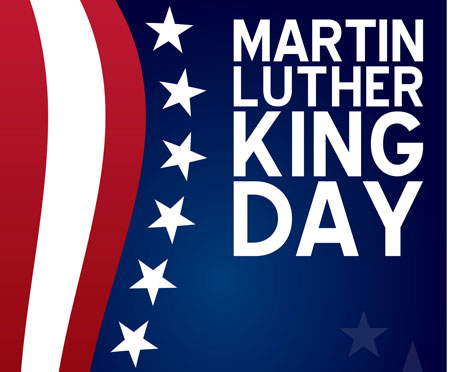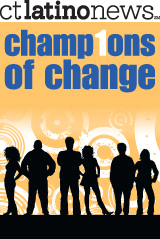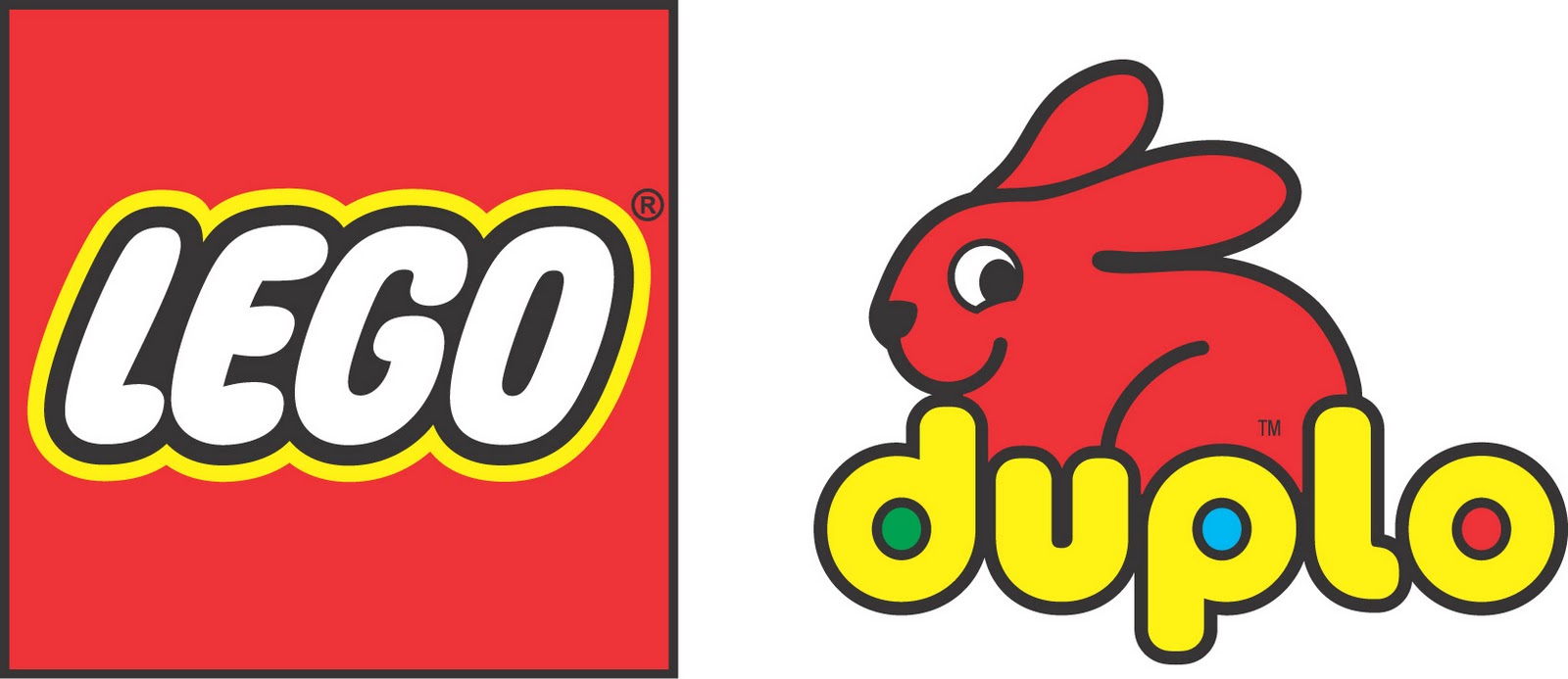Concussion Dangers Continue to Resonate in High School Sports
/Nearly 450 Idaho prep athletes who competed last fall in football, soccer and volleyball were held out of games or missed practice because of confirmed or potential concussions, according to a new survey reported by the Associated Press. The survey was conducted by the Boise-based Idaho High School Activities Association, the governing body for all prep sports and high schools statewide. The survey was sent to all schools, but data compiled in the findings are based on responses from just 45 percent, or 68, schools from all competitive class levels.
Football was by far the leading sport for missed games or practices, with 307 football players missing action during the season last fall, according to a story published Friday in the Idaho Statesman. Girls soccer ranked second, followed by boys soccer and volleyball.
A recent study in Massachusetts found that 28 percent of high school athletes in the state have shown regression in their cognitive abilities after moderate exertion once returning to the playing field too soon following a concussion. The study highlighted that high school student-athletes who have suffered concussions are returning to the playing field before their brain has fully recovered.
The study, conducted by neuropsychologist Neal McGrath of Brookline, Mass., looked at 54 athletes in football, soccer and hockey who suffered head injuries. McGrath told the Boston Globe that the findings suggest more oversight is needed in regard to when athletes can return to the field following a concussion. The study is schedule to be published in the upcoming issue of Brain Injury.
The findings come on the heels of the Boston Globe’s findings last October that almost 3,000 students in Massachusetts schools suffered concussions while playing sports during the 2011-12 school year.
Connecticut was one of the first states in the nation to adopt a concussion law,
following Oregon and Washington, which implemented similar statutes in 2009. Connecticut's concussion law was signed by Gov. M. Jodi Rell on May 19, 2010 and became effective July 1, 2010. The law is in place to prevent student-athletes from participating in games after suffering head injuries. Main provisions include:
- All coaches holding a coaching permit issued by the State Board of Education are required to take a three-hour concussion training course
- Annually, coaches are expected to review new information provided by the State Board of Education
- Every five years after the initial training, coaches must complete a refresher course
- Any athlete who exhibits signs or symptoms of a concussion must be removed from play
- Athletes will not be permitted to return to play until they have received written medical clearance from a qualified medical provider
- Coaching permits may be revoked if coaches are in violation of these provisions
Connecticut state law requires all coaches to take a concussion management course prior to the start of their season.
The web site Masters in Health Care has prepared an extensive infographic with nationwide data highlighting the prevalence of concussions and symptoms to keep a watchful eye for.
The Centers for Disease Control and Prevention (CDC) has developed a web page with information about concussions and injury prevention. Heads Up: Concussion in Youth Sports is a free, online course available to coaches, parents, and others helping to keep athletes safe from concussion.
It features interviews with leading experts, dynamic graphics and interactive exercises, and compelling storytelling to help recognize a concussion and know how to respond.






 resident Barack Obama from Washington, DC. They listened as he declared that “preserving our individual freedoms ultimately requires collective action,” having reaffirmed his oath of office with two Bibles – one previously used by Lincoln, the other by Rev. Dr. Martin Luther King, Jr.
resident Barack Obama from Washington, DC. They listened as he declared that “preserving our individual freedoms ultimately requires collective action,” having reaffirmed his oath of office with two Bibles – one previously used by Lincoln, the other by Rev. Dr. Martin Luther King, Jr.
 ponsible for reviewing more than 100 entries.
ponsible for reviewing more than 100 entries. e Department of Public Health and Addiction Services, and at the State Department of Education where she launched Connecticut’s entry into the charter school movement.She also serves as vice chair of the Board of Regents for Higher Education, and as vice chair of the Hartford Foundation for Public Giving.
e Department of Public Health and Addiction Services, and at the State Department of Education where she launched Connecticut’s entry into the charter school movement.She also serves as vice chair of the Board of Regents for Higher Education, and as vice chair of the Hartford Foundation for Public Giving.
 volunteered through an organization, an increase of 1.5 million from 2010. Americans volunteered a total of almost 8 billion hours, an estimated economic value of roughly $171 billion. A majority of Americans assisted their neighbors in some way and more than a third actively participated in a civic, religious, or school group.
volunteered through an organization, an increase of 1.5 million from 2010. Americans volunteered a total of almost 8 billion hours, an estimated economic value of roughly $171 billion. A majority of Americans assisted their neighbors in some way and more than a third actively participated in a civic, religious, or school group.
 e 2012 Democracy Cup for voter turnout are Granby (86.22%) and Stamford (71.6%).
e 2012 Democracy Cup for voter turnout are Granby (86.22%) and Stamford (71.6%).


























